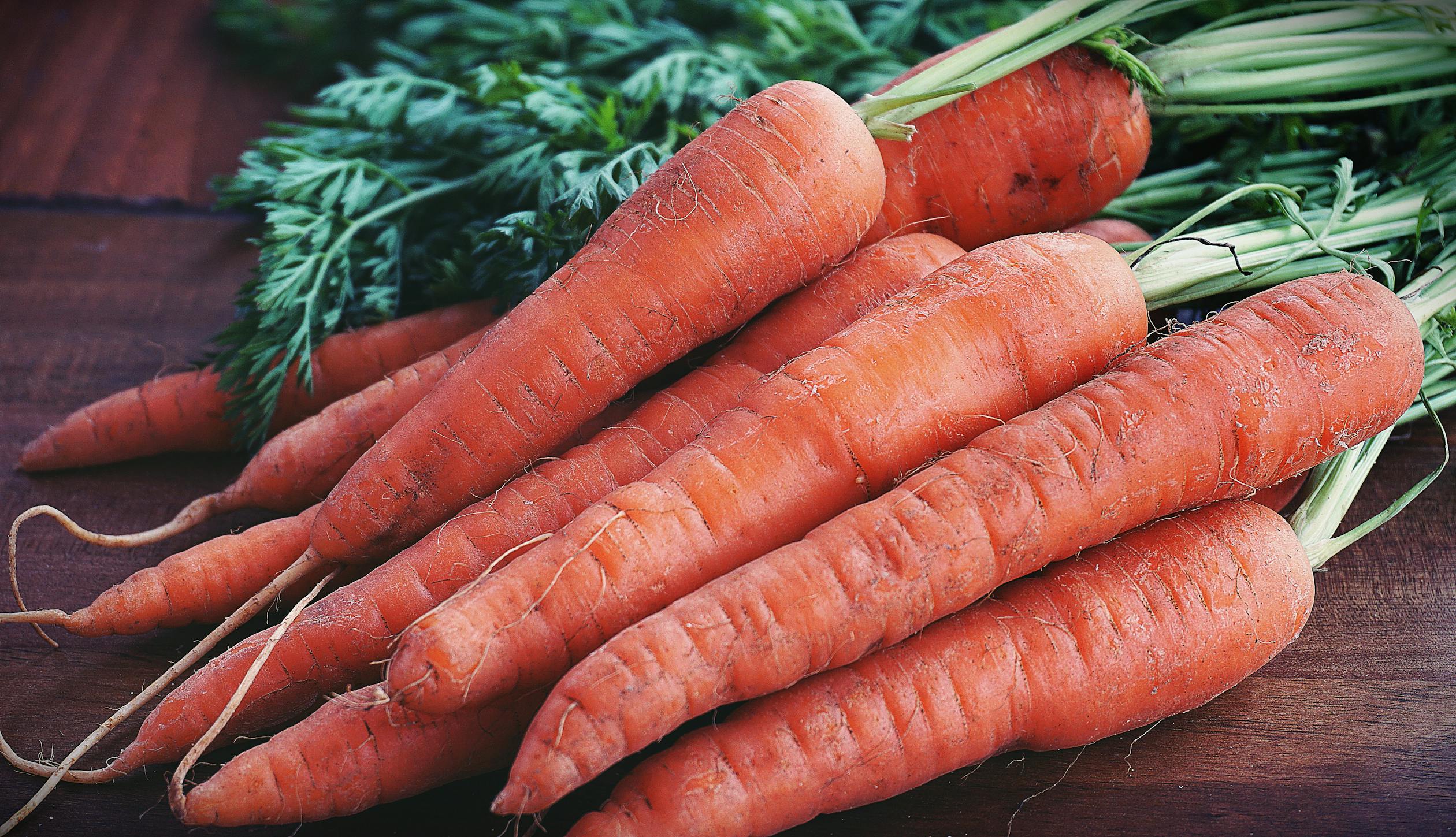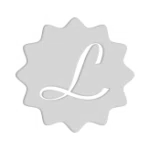Hello Dear Friends!
I reckon that some of you (hopefully many of you!) already know that processed food is not the best option for a healthy diet. But do you know how many food categories there are? And do you know how to check what you are eating when you are travelling or abroad? Let’s explore these different types of foods and what they are called in Europe or in the USA.
The foods we consume can be classified into Natural, Minimally Processed, Processed and Ultra Processed, and there is a big nutritional difference in this variety.
The classifications for processed and unprocessed food are different among countries. Understanding them is a crucial part for knowing what we are consuming and what the effects are on our own health and well being.
Let’s understand better what these foods are and the benefits or risks they bring to our health. Here are two examples of classifications:
Food Classification in America
Unprocessed/Minimally Processed Food
Unprocessed/Minimally Processed Foods are unaltered or altered by processes such as removing inedible parts, drying, grinding, cooking, pasteurization, freezing, or non-alcoholic fermentation. No substances are added.
Examples: fresh or frozen fruits/vegetables, pulses, packaged grains, flours, nuts, plain pasta, pasteurized milk, chilled/frozen meat.

Processed culinary ingredients
Processed culinary ingredients obtained directly from Group 1 foods or from nature, created by industrial processes such as pressing, centrifuging, refining, extracting or mining and is used in preparation, seasoning and cooking of Group 1 foods.
Examples: butter, vegetable oils, other fats, sugar, molasses, honey, salt.
Processed Foods
Processed Foods are made by adding edible substances from Group 2 to Group 1 foods using preservation methods such as nonalcoholic fermentation, canning, or bottling.
Examples: canned vegetables in brine, freshly made breads or cheeses, cured meats.

Ultra-Processed Foods
Ultra-Processed Foods are formulations of low-cost substances derived from Group 1 foods with little to no whole foods; always contain edible substances not used in home kitchens (e.g., protein isolates) and/or cosmetic additives (e.g., flavors, colors, emulsifiers).
Examples: packaged snacks, cookies/biscuits, instant soups/ noodles, ready-to-eat/heat meals, candy, soft drinks.
Food Classification in Europe
Natural Foods
Natural Foods are those obtained directly from plants or animals without having undergone any changes after leaving nature.
Examples: fruits, vegetables, leaves, roots, tubers, eggs, milk.

Minimally Processed Foods
Minimally Processed Foods are foods in nature that, prior to their acquisition, have undergone minimal changes.
Examples: dried grains, polished and packaged, or ground into flour form. Washed roots and tubers. Chilled or frozen meat cuts. Pasteurized milk.
Processed Foods
Processed Foods are products made by essentially adding salt or sugar (or other culinary substance such as oil or vinegar) to a natural or minimally processed food.
Examples: canned vegetables, fruit in syrup, jelly, cheese, bread.

Ultra-processed foods
Ultra-processed foods are products whose manufacture involves several steps, processing techniques, and ingredients, many of them of exclusively industrial use. And of course, they are the ones that bring the greatest risk to health.
Examples: soft drinks, beverages sweetened with sugar or artificial sweeteners, energy drinks, powdered drinks, powdered products such as soups and cake mixes, filled cookies, packaged snacks, instant noodles, sweets, ready-made spices, breakfast cereals, cereal bars, and many others.
I guess these classifications in other continents and countries might vary and change further. But these examples already give you an idea of what you should look for and the type of information you might want to get before purchasing your food.
I wish you all a healthy sweet week!
Your Leonor

